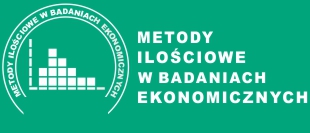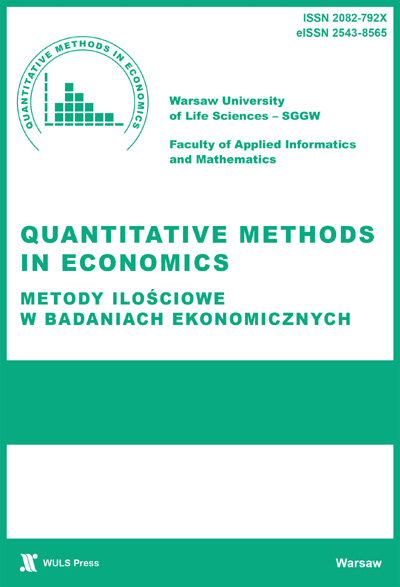Main Article Content
Article Details
Battiti R. (1994) Using Mutual Information for Selecting Features in Supervised Neural-Net Learning. IEEE Transactions on Neural Networks and Learning Systems., 5(4), 537-550. (Crossref)
Brown G., Pocock A., Zhao M. J., Luján M. (2012) Conditional Likelihood Maximisation: a Unifying Framework for Information Theoretic Feature Selection. Journal of Machine Learning Research, 13(1), 27-66.
Jakulin A., Bratko I. (2004) Quantifying and Visualizing Attribute Interactions: an Approach Based on Entropy. Manuscript.
Lin D., Tang X. (2006) Conditional Infomax Learning: an Integrated Framework for Feature Extraction and Fusion. LNCS Springer, 3951, 68-82. (Crossref)
Pawluk M., Teisseyre P., Mielniczuk J. (2019) Information-Theoretic Feature Selection Using High-Order Interactions. LNCS Springer, 11331. (Crossref)
Peng H., Long F., Ding C. (2005) Feature Selection Based on Mutual Information: Criteria of Max-Dependency, Max-Relevance, and Min-Redundancy. IEEE Transactions on Pattern Analysis and Machine Intelligence, 27(8), 1226-1238. (Crossref)
Tharwat A. (2018) Classification Assessment Methods. Applied Computing and Informatics.
Xing E., Jordan M., Karp R. (2001) Feature Selection for High-Dimensional Genomic Microarray Data. ICML Proceedings of the Eighteenth International Conference on Machine Learning, 601-608.
Yang H. H., Moody J. (1999) Data Visualization and Feature Selection: New Algorithms for Nongaussian Data. Advances in Neural Information Processing Systems, 12, 687-693.
Zhang F., Li W., Zhang Y., Feng Z. (2018) Data Driven Feature Selection for Machine Learning Algorithms in Computer Vision. IEEE Internet of Things Journal, 5(6). (Crossref)
Downloads

Utwór dostępny jest na licencji Creative Commons Uznanie autorstwa – Użycie niekomercyjne 4.0 Międzynarodowe.
Publikowane artykuły dostępne są na warunkach Open Access na zasadach licencji Creative Commons CC BY-NC – do celów niekomercyjnych udostępnione materiały mogą być kopiowane, drukowane i rozpowszechniane. Autorzy ponoszą opłatę za opublikowanie artykułu.





